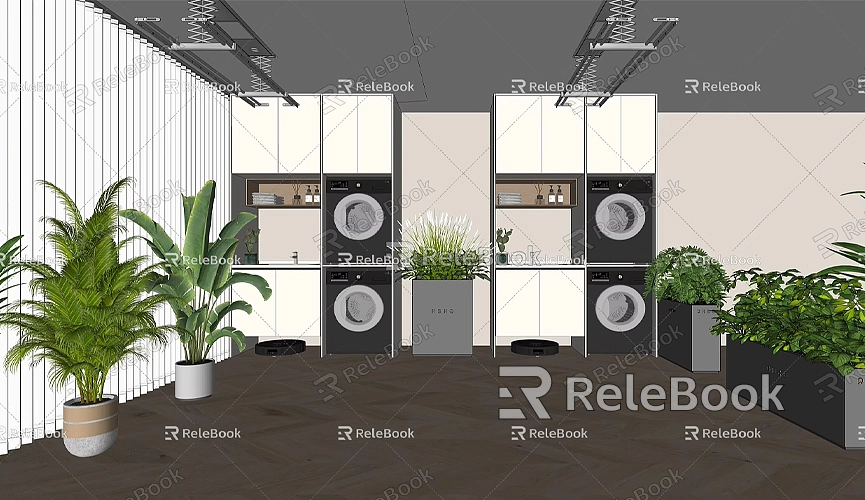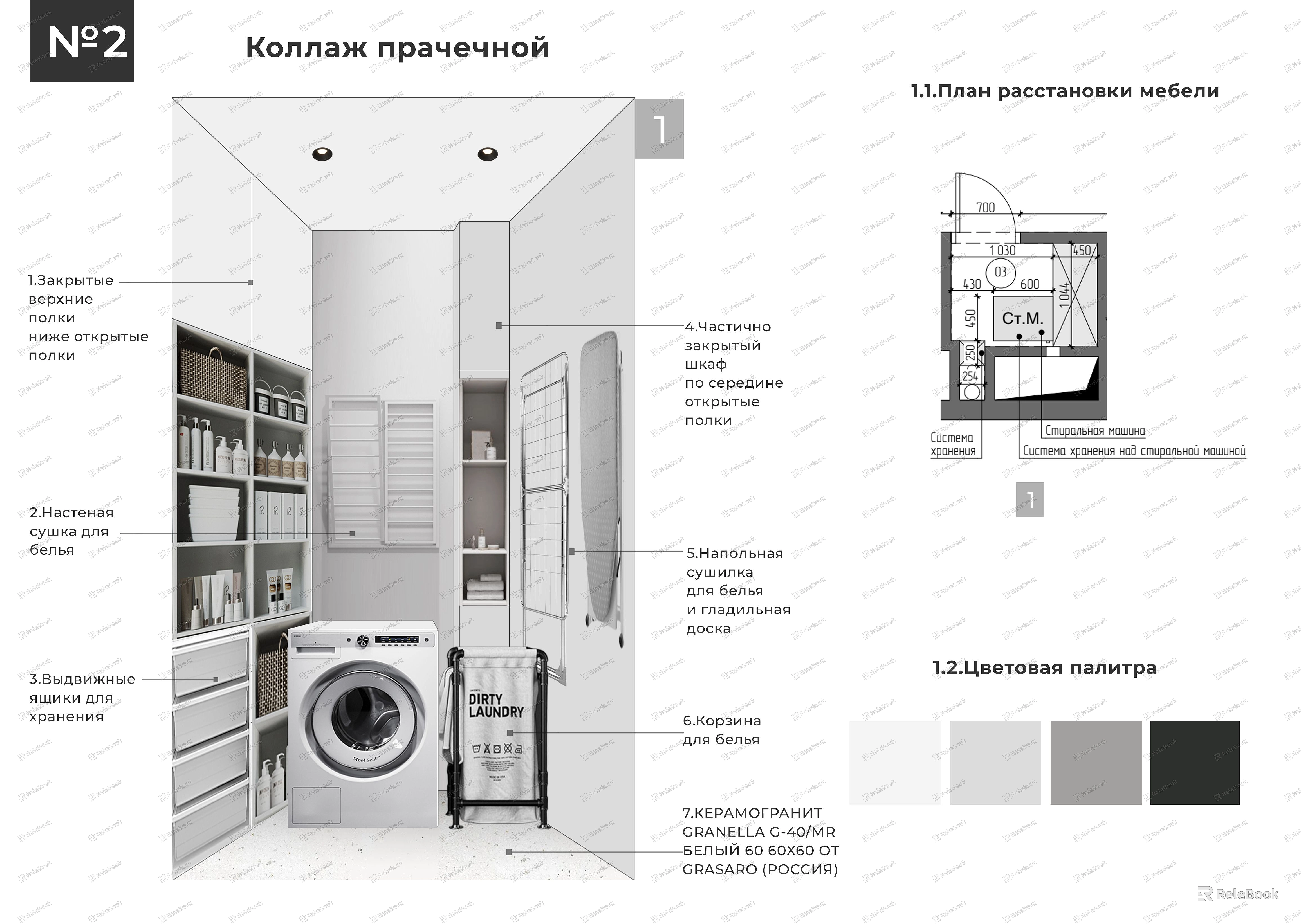How to Import a SketchUp Model into Lumion
In the fields of architectural visualization and landscape design, SketchUp and Lumion are two widely used software tools. SketchUp, known for its intuitive interface and straightforward modeling process, allows designers to quickly create various architectural and scene models. Lumion, on the other hand, is renowned for its powerful rendering capabilities and realistic visual effects, helping designers transform models into vivid images and animations. Importing SketchUp models into Lumion can further enhance project presentation and visual appeal, making design concepts more vivid and easier to understand.

If you need high-quality 3D textures and HDRI while creating models and virtual scenes, you can download them for free from [Relebook](https://textures.relebook.com/). For exquisite 3D models, [Relebook](https://3dmodels.relebook.com/) also offers a wealth of quality resources.
Detailed Steps to Import a SketchUp Model into Lumion
1. Preparation
Before you start importing, ensure you have completed the following preparations:
- Your SketchUp model is fully built and saved on your computer.
- You are familiar with and have the latest versions of both SketchUp and Lumion installed.
2. Exporting the SketchUp Model

To import a SketchUp model into Lumion, you first need to export it in a format that Lumion can recognize. Generally, choosing the Collada (.DAE) format is a good option, as it retains the model's geometry and material information.
Here’s how to export your model in SketchUp:
- Open your SketchUp project.
- Go to the "File" menu and select "Export."
- In the export dialog, choose the ".DAE" format and ensure the options are set correctly.
- Export the model and save it to your chosen destination folder.
3. Importing into Lumion
Once you have successfully exported the SketchUp model file, you can start importing and processing it in Lumion:
- Open the Lumion software.
- Create a new project or open an existing project file.
- In the Lumion interface, find and select the "Import Model" option.
- Browse and select the .DAE file you previously exported.
- Lumion will automatically process and import the model, which may take some time depending on the complexity of the model and your computer's performance.
4. Adjusting and Optimizing
Once the SketchUp model is successfully imported into Lumion, you can take the following steps to optimize and adjust the model:
- Use Lumion’s tools and editing features to fine-tune and optimize the model.
- Add appropriate materials, lighting, and sky effects to enhance the scene's realism and visual impact.
- Adjust camera angles and rendering settings to create stunning static images or dynamic walkthrough videos.
Further Considerations:
In addition to the basic export and import steps, consider the following to optimize and enhance your project’s presentation:
- Use Lumion's Effects Library: Lumion offers a rich library of effects such as fog, depth of field, and motion blur to make the scene more lively and realistic.
- Import Animations and Dynamic Elements: If your SketchUp model includes animations or dynamic elements, try importing them into Lumion to add engaging effects to your project.
- Engage with Clients: Create interactive walkthroughs in Lumion, allowing clients to personally experience the design for better understanding and evaluation of design proposals.
Importing a SketchUp model into Lumion is a process that combines technology and creativity, significantly enhancing the expressiveness and visual impact of design projects. By following the correct export and import steps, designers can better showcase their concepts and engage in deeper communication with clients. Utilizing Lumion's powerful rendering capabilities and visual effects not only enhances the visualization of designs but also adds more fun and creativity to the design process.
If you need high-quality 3D textures and HDRI for your models and virtual scenes, you can download them for free from [Relebook](https://textures.relebook.com/). For stunning 3D models, [Relebook](https://3dmodels.relebook.com/) also provides a wide range of quality resources, adding detail and texture to your design projects, helping you achieve outstanding design results.

